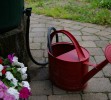25 Water-Saving Habits to Start Now
Video
Weather patterns are proving that water conservation is a must. Find out 25 simple ways you can make an actual impact!
The summer of 2012 is showing all the signs of one of the worst droughts to hit the United States since the Dust Bowl of the "dirty thirties" and is already the widest spread since 1956. Over half the counties in the United States, spread across 32 states, have now been designated "primary disaster areas," as pasture land, corn, and soybean crops wither in the dry heat.
Even here in Atlantic Canada, large patches of my lawn have been brown and crispy since early June, and I'm not about to waste some of the best-tasting well water on the planet in a losing battle to make it greener and tall enough so that I'll have to mow it. Frankly, I'm less concerned about the color of the grass than I am about the level of the water table, since we also had lower than normal snowfall last winter.
It seems pretty clear now that the extreme weather effects of global warming that climate scientists have been warning us about for decades Ė prolonged droughts, wildfires, flooding, and severe storms Ė are becoming a reality. This is just the tip of an unpredictable iceberg. A recent report published by scientists from the National Oceanic and Atmospheric Administration (NOAA) reveals linkages between man-made climate change and specific weather events, by means of "attributing probabilities" of an event happening.
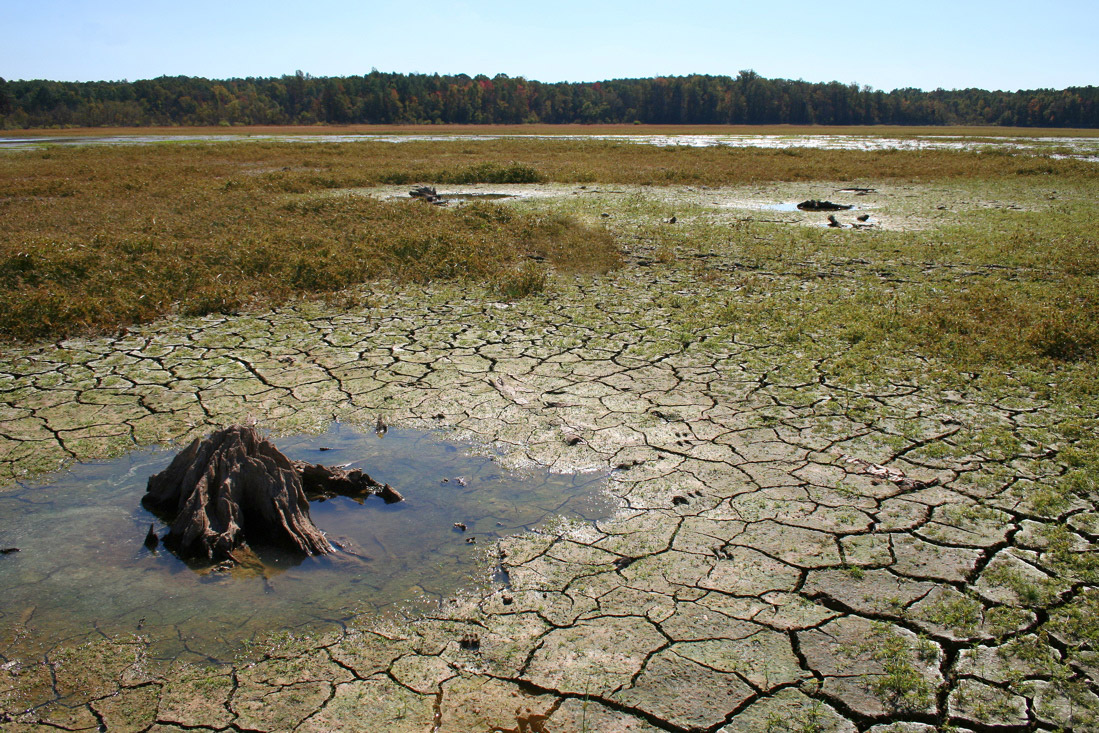
As Kelly Levin at insights.wri.org explains:
"[S]cientists found that the conditions that led to the 2011 Texas drought are 20 times more likely to occur now than in the 1960s as a result of increases in greenhouse gas concentrations and associated climatic changes. In another example, scientists found that Englandís 2010 and 2011 winter temperatures could be attributed to climate change. Decemberís 2010 freezing was half as likely to have occurred half a century ago, while the warmth experienced in November 2011 was 62 times more likely to have occurred then than in the 1960s."
We're Water Wasters
Canada and the United States share the dubious distinction of having the highest per capita water use in the Organisation for Economic Co-operation and Development (OECD), ranking 28th and 29th of the 29 OECD countries. Here are some sobering and embarrassing statistics to think about.
Average daily water use per person by country (www.data360.org, 2006):
-
United States: 575 liters/day (153 U.S. gallons)
-
Canada: 335 liters/day (88.6 U.S. gallons) (Canadian Water Network)
-
Germany: 193 liters/day (51.8 U.S. gallons)
-
United Kingdom: 149 liters/day (39.4 U.S. gallons)
-
China: 86 liters/day (22.75 U.S. gallons)
-
Haiti: 15 liters/day ( 3.95 U.S. gallons)
Just for reference, five liters of water a day are required for human survival, about half the amount of water the average toilet uses per flush.
Besides the fact that this is almost all drinkable water, it also takes energy to pump this water, adding to home utility bills. A home well pump uses about the same amount of power as a 1,500 W microwave or coffeemaker.
Here are just a few of literally hundreds of ways we can conserve water and save money.
In the Bathroom
-
Cut a couple of minutes off your shower and save up to 150 gallons per month.
-
Upgrade older toilets with low-flow or dual-flush models.
-
Put food coloring in your toilet tank between flushes to see if water is leaking into the bowl. Fixing a leak can save up to 1,000 gallons a month.
-
Turn off the water while brushing your teeth. You can save 25 gallons a month.
-
Rinse your razor in the sink instead of under running water
-
Put water-saving aerators on all of your faucets.
-
Newer dishwasher models clean better than older ones, so you can cut back on rinsing.
-
Only run the clothes washer and dishwasher with full loads. You can save up to 1,000 gallons a month.
-
Save energy by installing an instant water heater near your kitchen sink, so you don't have to run the water while it heats up.
-
Insulate hot water pipes to reduce the time it takes to get hot water at the faucet.
-
Soak pots and pans instead of letting the water run while you scrape them clean.
-
When washing dishes by hand, don't let the water run while rinsing. Use one sink for washing and fill the other for rinsing.
-
Keep a pitcher of cold water in the refrigerator instead of running the tap until it's cold.
-
Wash fruits and vegetables in a pan of water instead of under the tap.
-
Re-use the nutrient-rich water left over from cooked or steamed foods to start soups.
-
If you drop ice cubes on the floor, don't throw them in the sink. Drop them in a house plant instead.
-
Empty unused water from glasses and pitchers into pet water bowls
-
When refreshing pet water bowls, pour the old water on house or garden plants, or mop the floor
-
Consider xeriscaping or drought-tolerant plantings as alternatives to a lawn
-
Use rain barrels to collect water from roof downspouts for watering plants and shrubs
-
Avoid recreational water toys that require a constant flow of water.
-
Wash your car on the lawn, and you'll be watering your lawn at the same time.
-
Use a broom instead of a hose to clean your driveway and sidewalk.
-
Use mulch around plants and shrubs to retain moisture and keep weeds under control
-
Reduce the amount of lawn in your yard by planting shrubs and ground covers appropriate to your site and region.
.jpg)
In the Kitchen
Downcycle drinking water
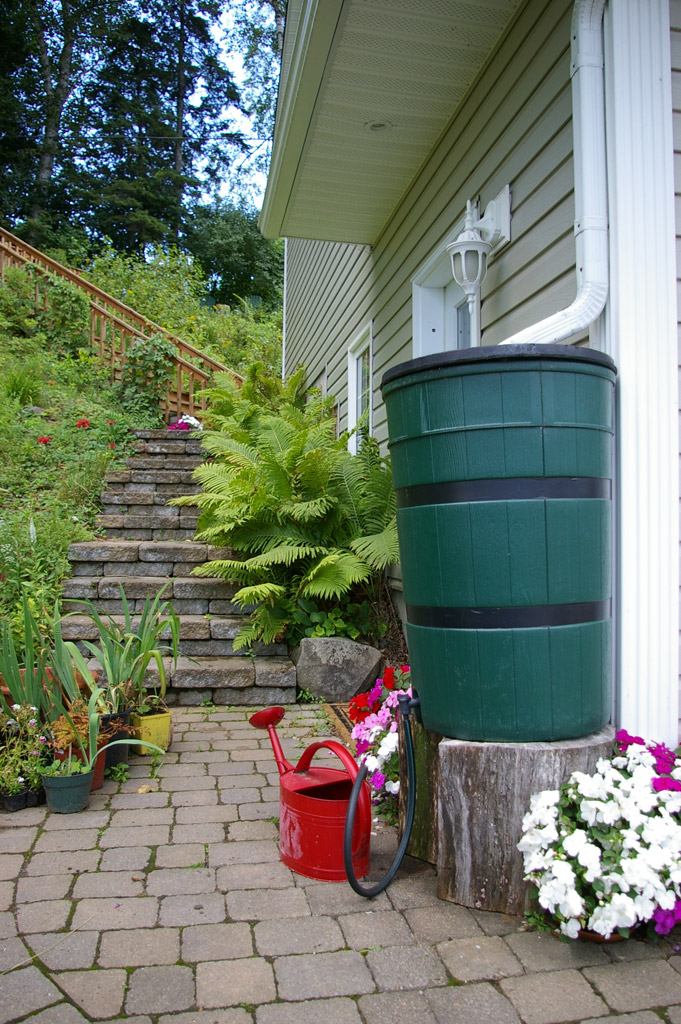
Yard & Garden
Only 1% of the water on Earth is fresh, accessible, drinkable water, which humans and animals need to survive. As the world population continues to grow, it puts an even greater strain on our finite water resources. Whether you live in a house, apartment, or condo, developing these easy-to-do habits at work and at home can help conserve the clean water supply we'll all depend on for the future.

Rick Atkinson
Rick Atkinson works from (and on) his century-old farmhouse in New Brunswick, Canada. His professional and freelance career has ranged widely, contributing to an unusual mix of experience: as musician, retail manager, video producer/editor, CAD designer, woodworker, DIYer, beekeeper. He keeps a close eye on global events, particularly energy and climate change, new technologies, and long-term social and economic trends. Currently, Rick freelances in Kitchen & Bath cabinet design and CAD drawings for a custom cabinet shop. After hours, he creates original woodworking projects and plans, and writes about home improvement and design on his blog,StonehavenLife.com.

.jpg)
.jpg)
.jpg)
.jpg)
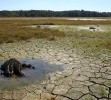
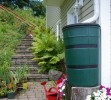
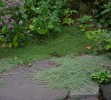
.jpg)
